Oppo’s latest phones Oppo Find X6 Pro and Oppo Find X6 are here. But which is the better choice?
Oppo Find X6 Pro launched in the Chinese market with so much hype that its launch overshadowed the launch of the Oppo Find X6, which was launched alongside it.
Yes, Oppo didn’t just launch the Find X6 Pro; there was a lite version for it.
Table of Contents
Oppo Find X6 Pro vs Oppo Find X6
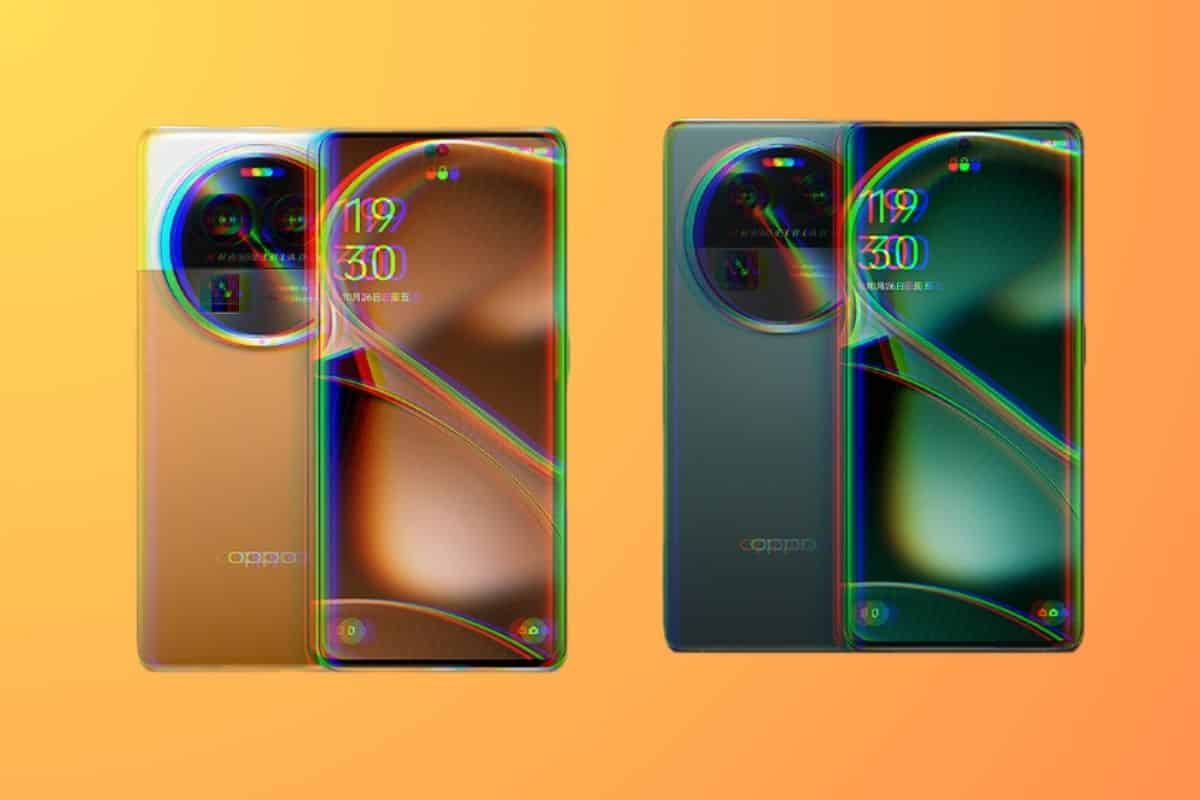
Oppo Find X6 and Oppo Find X6 Pro look almost the same, barring a few differences. Both the Find devices mark a stark contrast from their predecessors. Oppo Find series stood for elegant design and good cameras. While the new Find X6 series comes with great cameras, the design has now taken a U-turn, and Oppo has gone for an over-the-top design. It’s almost like competitors such as Xiaomi forced Oppo to this change.
Display & Design
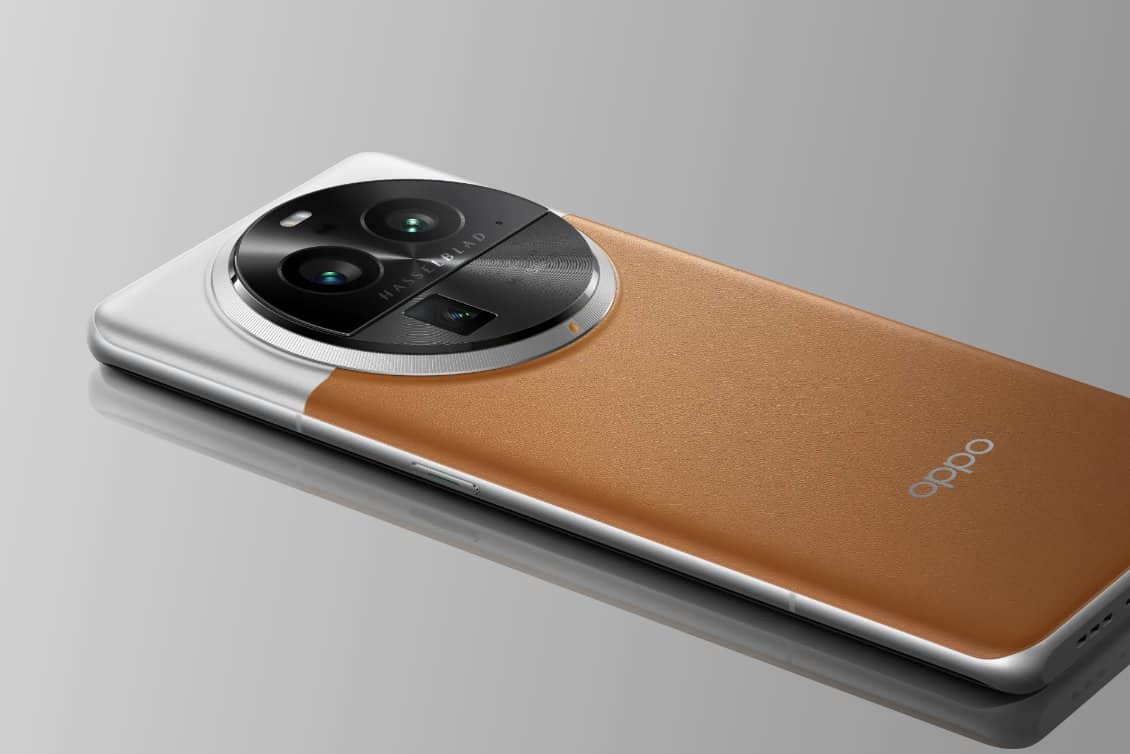
Both Oppo Find X6 Pro and Oppo Find X6 come with a similar design, but Find X6 has a smaller screen, and it is smaller. Both phones come with a similar camera array. The big camera array looks unique on both phones, and it is split into two parts, one with the primary camera, the ultra-wide camera and the flash, while the other hosts the periscope lens. We can also see the Hasselblad branding on both phones.
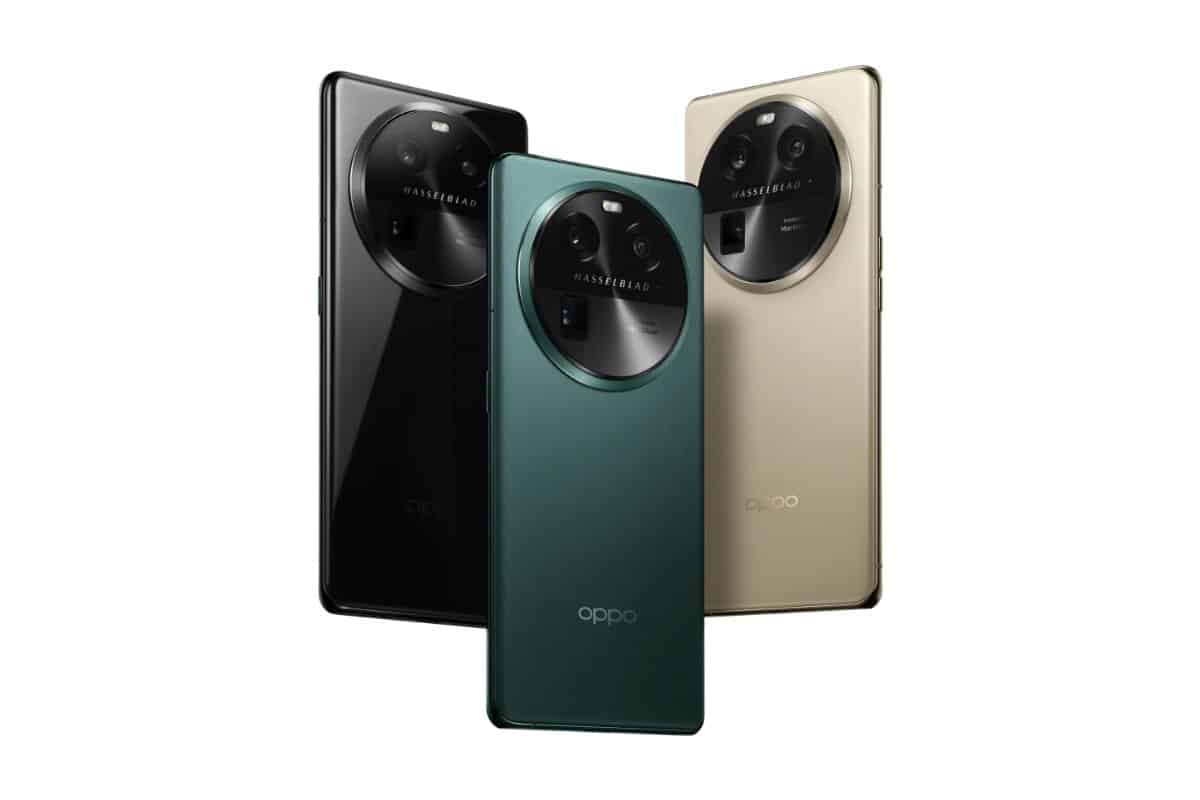
Oppo Find X6 Pro has a 6.82-inch LTPO3 AMOLED display with a resolution of 3168×1440 pixels and a refresh rate of 120Hz. It comes with a peak brightness of 2500 nits, which is currently the brightness display on the phone. It comes with HDR10+ and Dolby Vision certifications. It is protected by the latest Corning Gorilla Glass Victus 2.
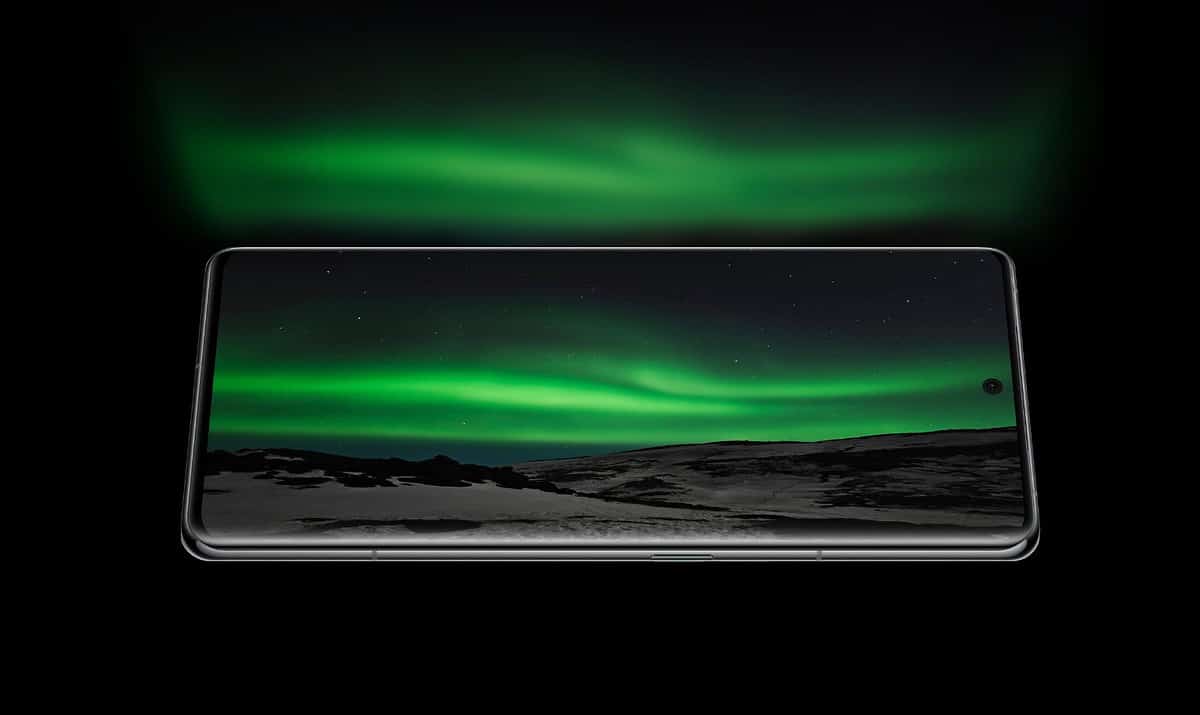
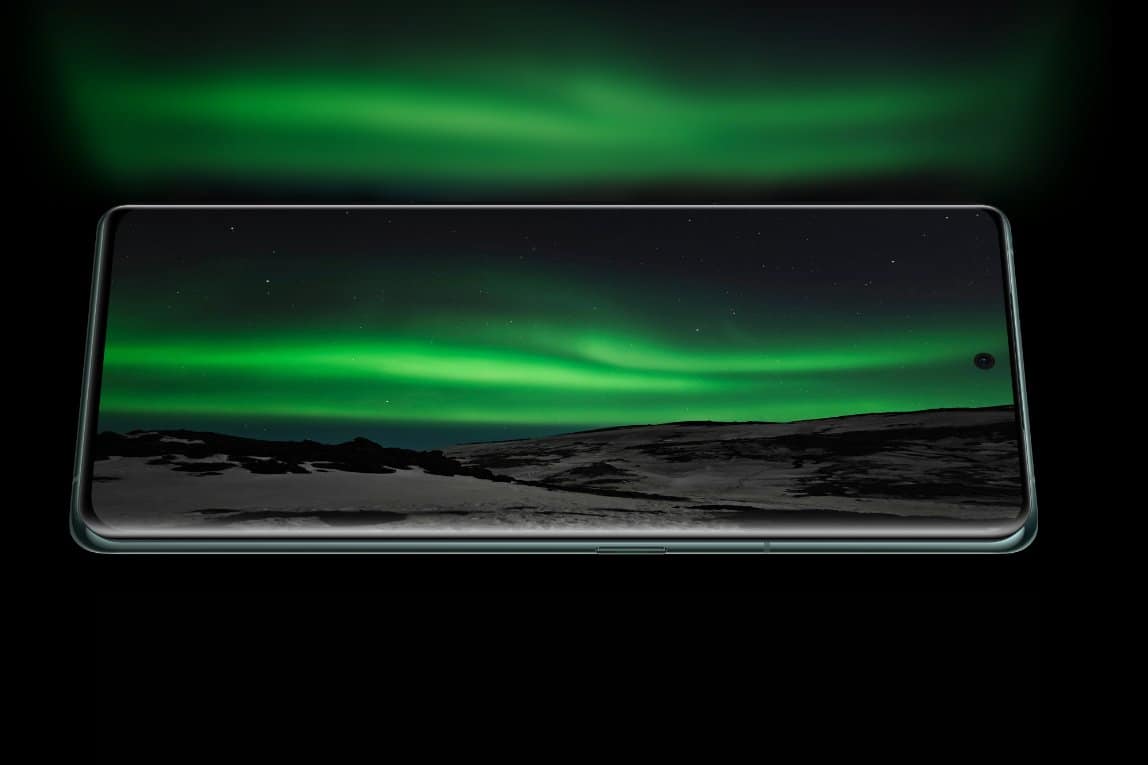
Oppo Find X6 has a smaller 6.74-inch AMOLED display with a resolution of 2772×1240 pixels and a refresh rate of 120Hz. It isn’t as bright as the Pro model but still holds up against any current flagships with its peak brightness of 1450 nits. It comes with HDR10+ certification. Oppo has yet to mention which protection it provides for the display.
Oppo Find X6 Pro is rated IP68 for water and dust resistance, while Find X6 comes with IP64 dust and splash resistance. That means you can’t dip Fimx X6 in the water and hope it will be okay. Meanwhile, you can do that with Find X6 Pro.
Performance & Battery
Oppo Find X6 Pro is powered by Snapdragon 8 Gen 2 SoC, the most powerful chipset currently on the Android side.
Oppo Find X6, on the other hand, uses Mediatek’s latest flagship SoC, the Mediatek Dimensity 9200 SoC. Even though it isn’t as powerful as the Snapdragon 8 Gen 2, it is still one of the most powerful chipsets on the Android side, with performance rivalling that of the Snapdragon 8 Gen 1 and Snapdragon 8+ Gen 1.
Find X6 Pro has a 5,000mAh battery and supports 100W fast charging, 50W wireless fast charging, and 10W reverse wireless charging. Meanwhile, Find X6 has it downgraded with a 4,800mAh battery and 80W fast charging. It doesn’t come with wireless charging support.
Camera & Quality
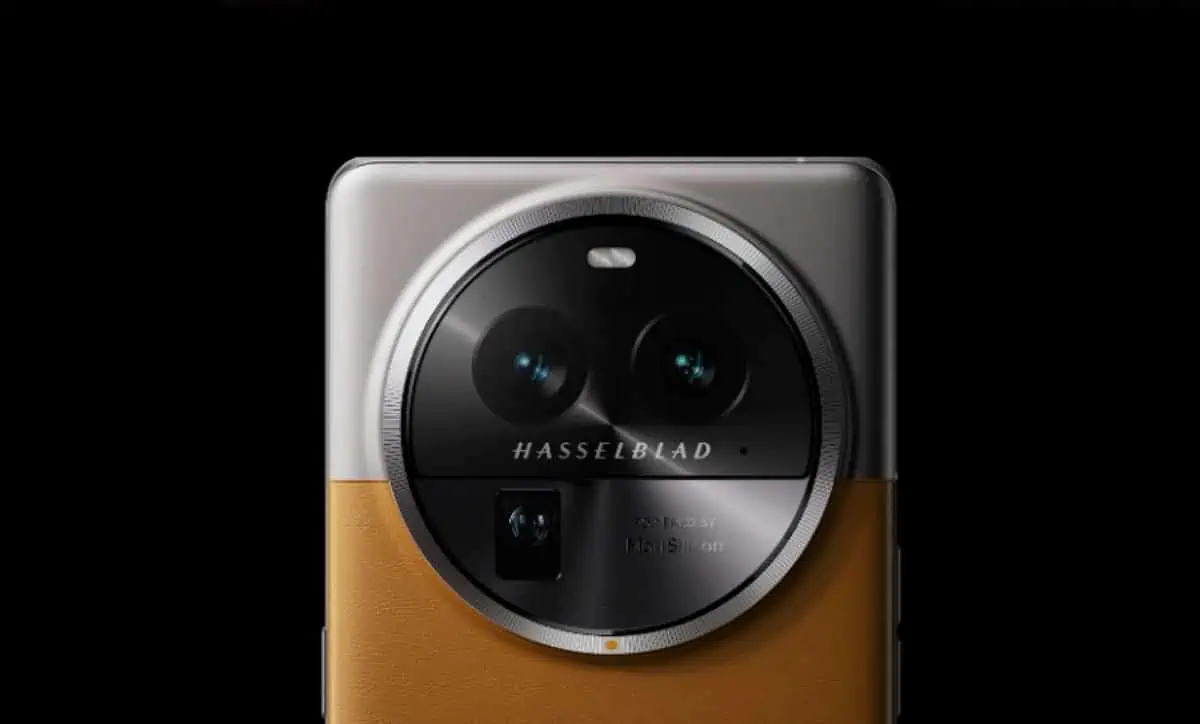
Oppo calls the camera on the Oppo Find X6 Pro a Three Main Camera system, which means we get a flagship sensor on each of the three lenses in the phone. The primary camera is a 1-inch sensor, the famed Sony IMX989 we saw in Xiaomi 12S Ultra and Xiaomi 13 Pro. In contrast, the secondary cameras, ultra-wide and telephoto, use the Sony IMX890 sensor, the same as OnePlus 11. The ultra-wide camera has a field of view of 112°, while the periscope telephoto lens has a 2.8X optical zoom capability. All three cameras have support for OIS. On the front, we get a 32MP selfie shooter.
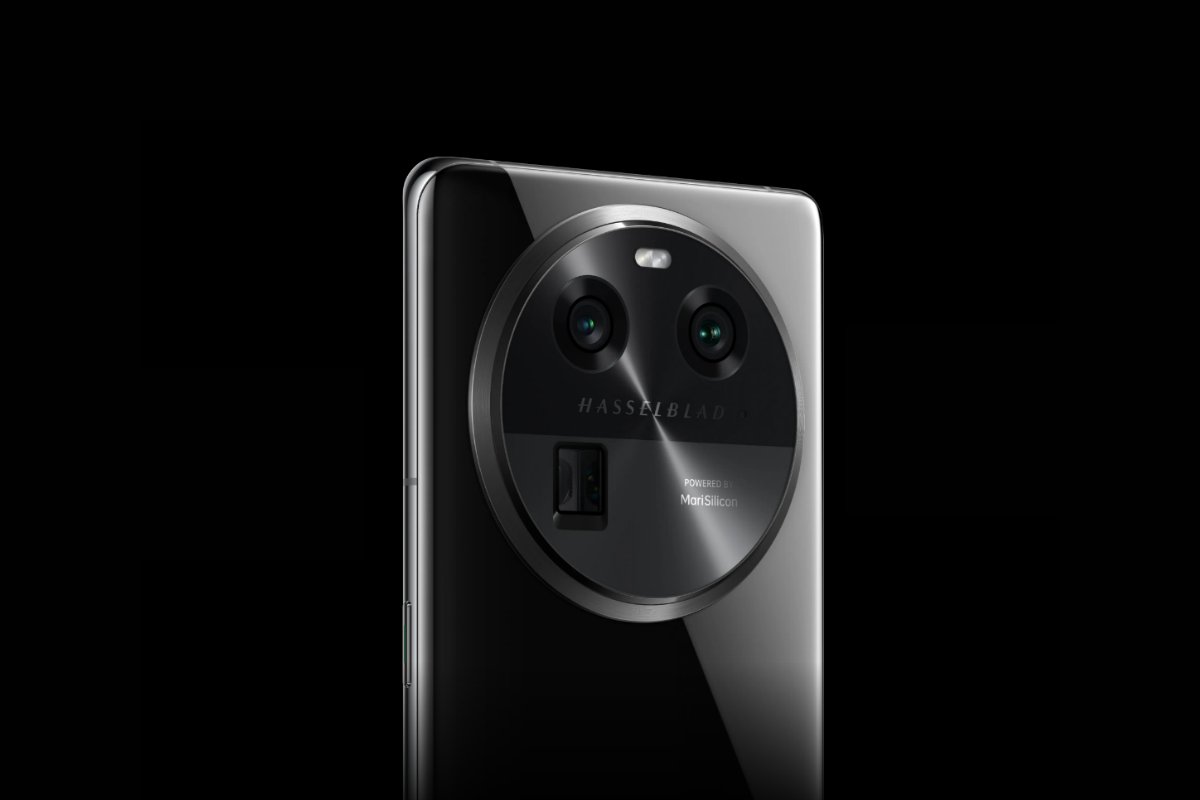
Oppo Find X6 also comes with a 50MP triple camera setup, but instead of the 1-inch sensor from the Pro model, it uses the Sony IMX890 50MP sensor used in the secondary sensors of the Pro. The secondary sensor on Find X6 is the 50MP Samsung ISOCELL JN1 sensor. It is the same secondary sensor used in Xiaomi 13 Pro and has proven its worth on that phone. We get the same 32MP selfie camera from the front of the Pro.
As both phones come with Hasselblad branding, the cameras on these phones come with Hasselblad tuning and colour science. It also introduces the new Hasselblad portrait mode, which simulates the depth of field and colours of classic Hasselblad lenses, XCD30 and XCD80.
Both phones also come with the Marisilicon X image processing NPU chip for additional image processing.
In terms of video capture, both phones can capture 4K@60fps videos using all three lenses. But only Find X6 Pro can capture Dolby Vision HDR videos.
Here are the official camera samples from Oppo Find X6 Pro:
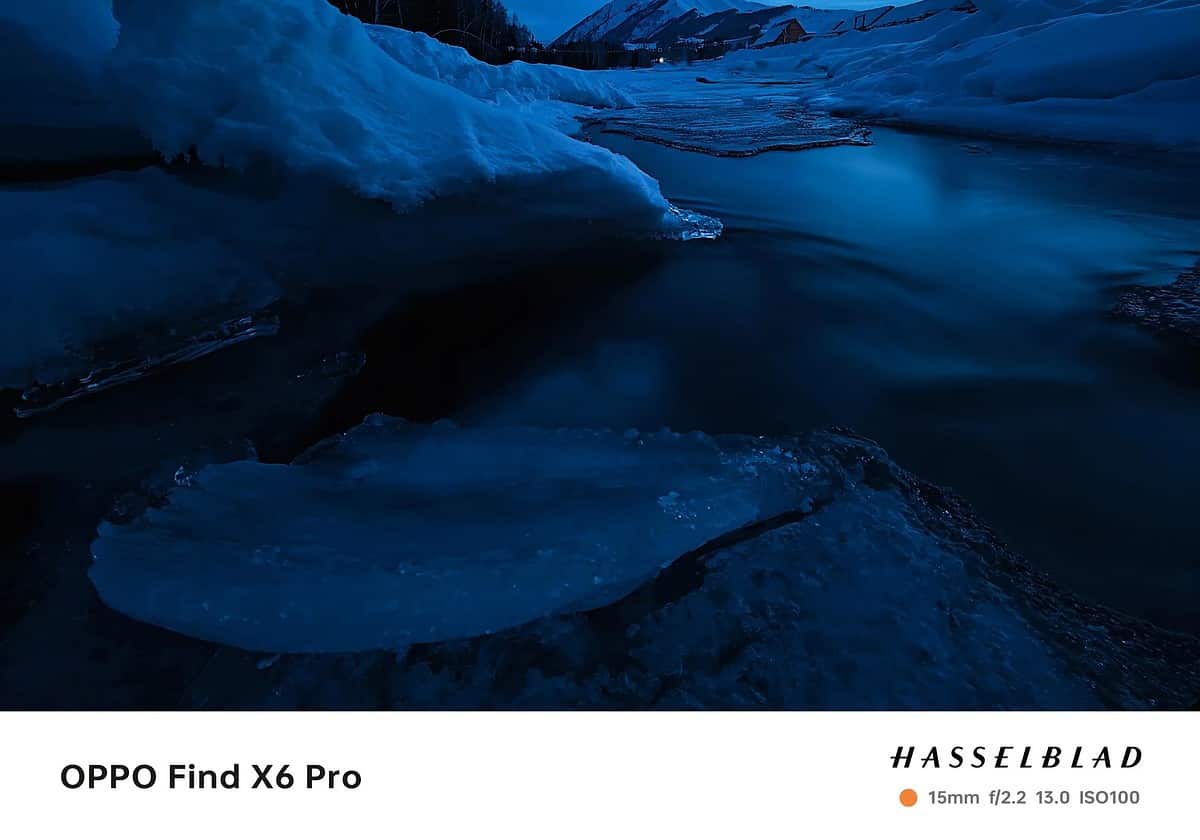









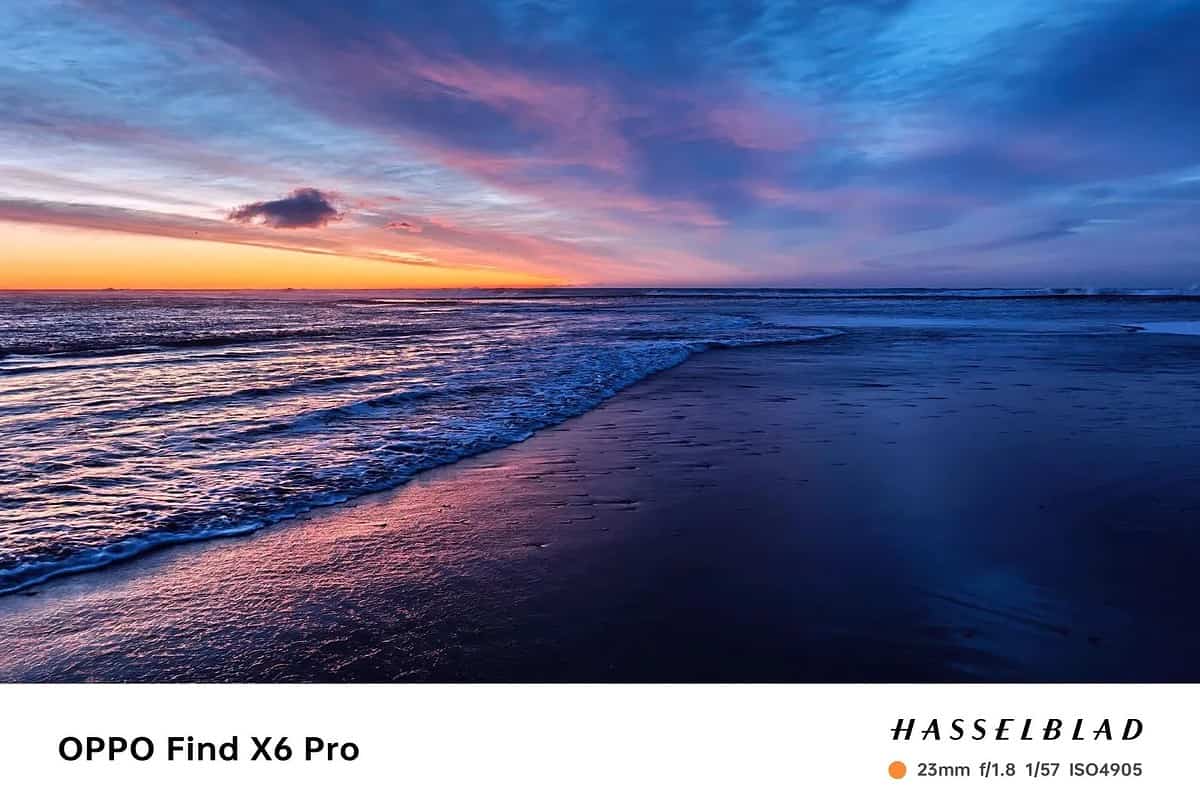
Take a look at the official cameras samples from Oppo Find X6:






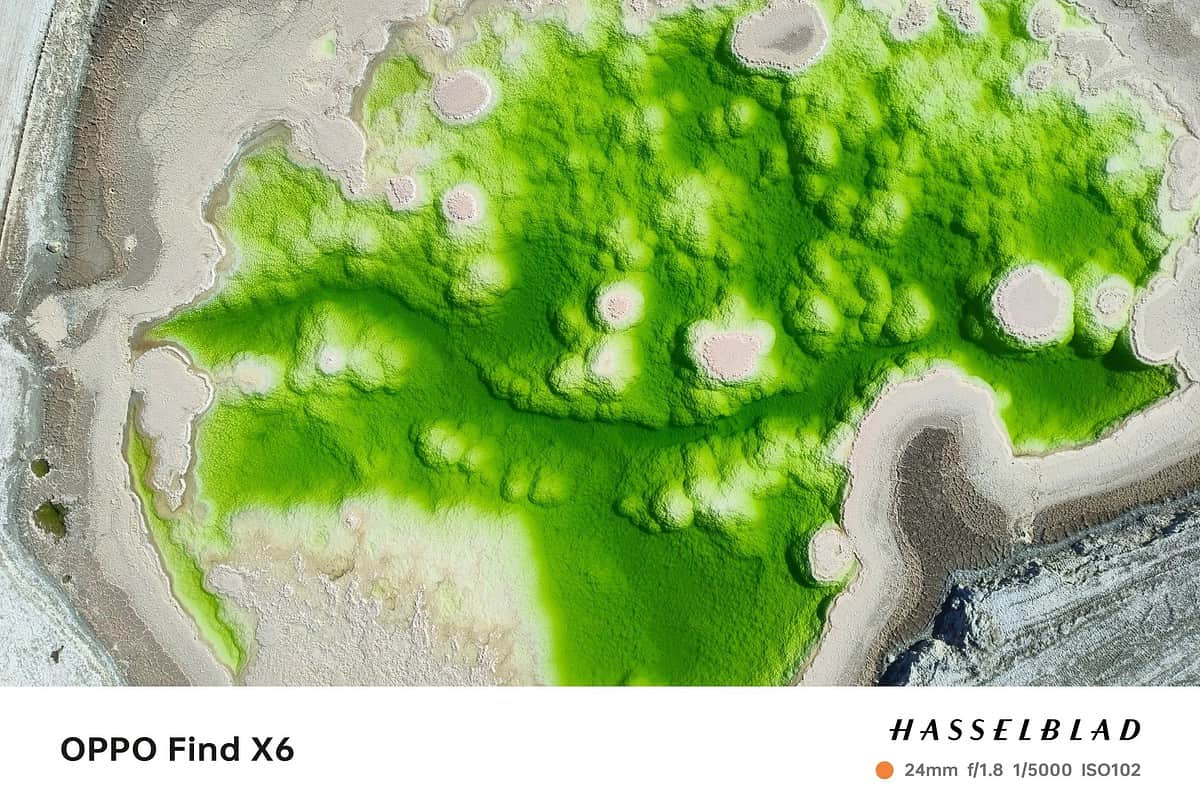


Software & User Experience
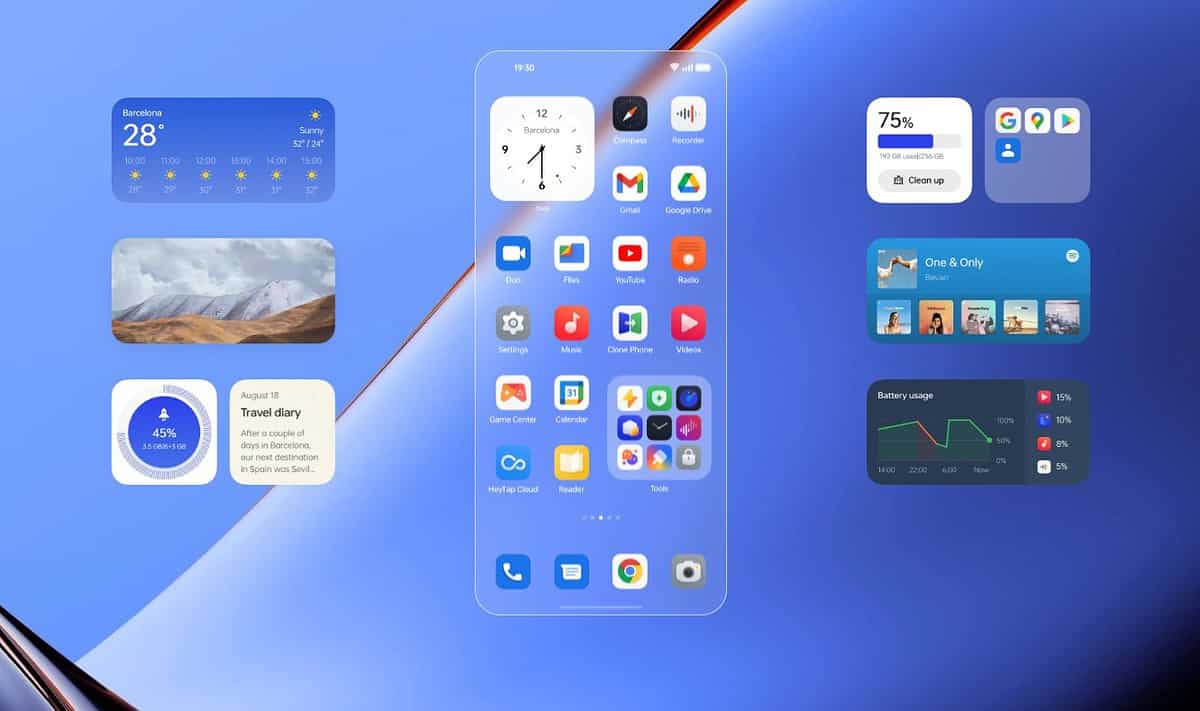
Oppo Find X6 Pro and Oppo Find X6 come with ColorOS 13 based on Android 13. ColorOS is the base for OnePlus’s OxygenOS and Realme’s Realme UI now, and if you’ve used a OnePlus phone recently, you’re getting a similar experience from these phones.
ColorOS 13 comes with the Aquamorphic design aesthetic, which Oppo says is inspired by water. It comes with subtle tweaks such as card style layout for system UI and stock apps, decluttering the UI and making it a cleaner experience overall.
The notification panel on ColorOS 13 is now more in line with the Android 13 notification panel but still has a unique design.
ColorOS 13 also comes with various Always On Display styles and customization. It also brings Spotify integration and notifications for food delivery apps (region-specific).
We can go on and on about the features list of ColorOS 13, but the point is that it is one of the most feature-rich Android skins in the market and has proven to be popular with users. The new design language definitely feels modern, and the customizations are endless.
Price & Value For Money
Oppo Find X6 Pro and Oppo Find X6 aren’t available in the global market; it has been launched only for the Chinese market currently.
Find X6 Pro starts at RMB 5,999 ($872/€801/£704) for the 12+256GB variant, while the higher 16+256GB variant costs RMB 6,499 ($945/€867/£763), and the 16+512GB variant coats RMB 6,999 ($1019/€933/£822).
Find X6 starts at RMB 4,499 ($654/€600/£528) for the 12+256GB variant, while the higher 16+512GB variant costs RMB 4,999 ($727/€666/£587).
Oppo Find X6 offers the better value of the two, being cheaper and offering many similar experiences for a lower price. But you make a sacrifice on the camera quality and also the display quality. Opting for Oppo Find X6 Pro gives you one of the best cameras in the market currently and one of the best displays. It is more powerful as well. But we can only give the final verdicts on the value once they’ve launched here and their prices are here.
Conclusion
Oppo Find X6 Pro and Oppo Find X6 offer a great flagship experience, and while it is yet to arrive on European shores, we can say it is an excellent set of flagships.
Oppo Find X6 Pro offers a truly unique proposition in terms of cameras. It not only comes with a great primary camera but also a set of really great secondary cameras.
Not only on cameras, but Oppo has also smashed it out of the park with the display on the phone; nothing comes close to this phone in terms of brightness. It can go hand in hand with the Samsung Galaxy S23 Ultra, not just in cameras but in other areas.
Oppo Find X6, on the other hand, offers an almost similar experience for a lower price. It comes with a slightly downgraded camera but has all the camera features from the Pro model.
Both phones offer great cameras and great displays and perform well. But if you want to choose one of the two, the Oppo Find X6 Pro would be the one. It comes with better cameras, a better-performing chipset and better displays.

